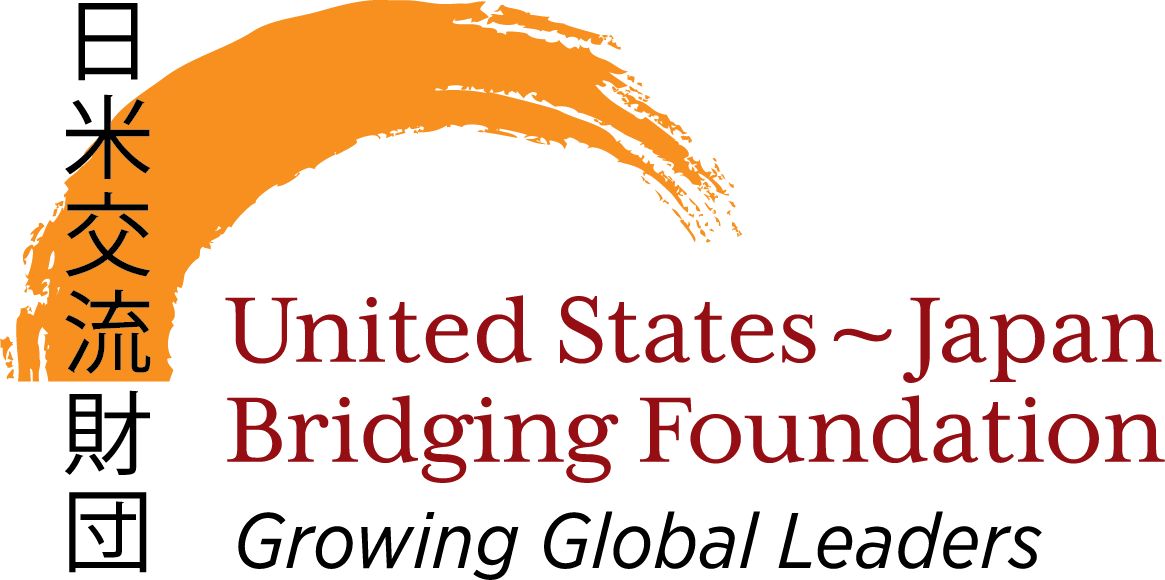Living & Working in Japan: What Our Alumni Have to Say
Joelle Metcalfe studied abroad as a Bridging Scholar at Ritsumeikan University in Kyoto during the 2009-2010 year. She has written a guest blog post talking about her time in Japan, her professional and linguistic development, and how the Bridging Scholarship played a role in her life.
My name is Joelle Metcalfe and I was a Bridging Scholar in 2009 – 2010 at Ritsumeikan Universityin Kyoto. Since my time in Kyoto, I graduated and returned to Japan to obtain a Master’s degree in East Asia foreign policy at Waseda University, focusing on Japan’s diplomatic relations with North Korea during the Koizumi administration. I interned for a number of organizations related to Japan’s foreign policy, including a Washington DC think tank, the U.S. government, the United Nations, freelance for the Japan National Tourism Organization, and the Wall Street Journal’s Tokyo bureau. After graduating from Waseda, I now work at my first job as a reporter for a major Japanese newspaper, assisting coverage of the United Nations in New York.
Without the Bridging Scholarship, I don’t think I would’ve been able to get as far as I have, and the reason why is because this scholarship gave me one chance that I chose to take very seriously given the financial and time constraints of study abroad. If I were to give advice to a Bridging Scholar studying abroad in Japan, controversial as it may sound, it would be this: don’t sit at the “gaijin table.” I use that term in reference to my experience, in which I would observe a picnic table where a large group of the study abroad students would sit together everyday conversing in English, separating themselves from the Japanese students in the cafeteria. In this sense, I am an advocate for a 24-7 immersion strategy: as much as possible, as often as possible.
At Ritsumeikan, I would try to limit my English outside of the classroom and avoid clubs meant for international students, including language exchange or English tutoring programs. On the way to school, I would listen to NHK news podcasts on my headphones, and even if I didn’t understand some words, I would write down the repetitive ones and look them up later, as news is practical and consistent enough to learn vocabulary. After class, I would go to the club building and meet with my cinema circle and we would sometimes go to the theater to watch domestic movies, which helped visualize words and actions. In the evening, I would meet up with other Japanese friends at an izakaya, which is common for students to do, and it helped my listening and colloquial conversation skills so I wouldn’t sound like I was talking from a textbook.
The logic behind this was, knowing that my time in Japan was limited and I didn’t know if I would be able to go back, I wanted to spend every waking moment submerged only in Japanese. Around campus, I would often seek out conversations with Japanese students who were not interested in studying English, so there would be no “safety net” if I got stuck in conversation. I was not the only student to immerse myself during the term; others in my class chose clubs like Yosakoi dancing or soccer in order to jump headfirst into an extracurricular surrounding, with positive results on their language ability and lifetime friends.
During the period I was a Bridging Scholar, my junior year in university, I passed the Japanese Language Proficiency Test Level N2, which meant that I could concentrate on passing the JLPT N1, the final fluency certification exam, in my senior year. This progress in my language learning greatly helped the scope of my future plans, as those looking for work in Japan are expected by many Japanese companies to have a JLPT N1 certification on their resume, which is something I don’t think students are often told. After my study abroad, I wanted to prove foremost that there are other career routes that Japanese language majors can take besides teaching English in Japan, which I was often told at university, is the major career route.
My study abroad at Ritsumeikan is the period of my life that I treasure the most and that first exploration of Japan was the happiest time for me, but I will not sugar-coat the immersion strategy— learning a language is uncomfortable and intimidating. Even with four years of language classes, there is no magic wand you can wave where you will suddenly be fluent in all 2000 daily-use kanji or the punch-lines of Japanese comedians. There will be words you don’t know, embarrassing cultural faux pas, and sometimes even the threat of being isolated. Putting yourself in an English-speaking bubble with a close group of international students may feel like it's much easier, but I found that it was through listening to natural conversations in Japanese by a group of peers in a social setting that I could recognize speech patterns that would self-correct my own way of speaking over time; if you stay in the bubble, you stay the same. No matter what proficiency level you are, you’re going to have to be stubborn, sit with the Japanese students, put yourself out there and talk. If you don’t speak, you won't learn.

